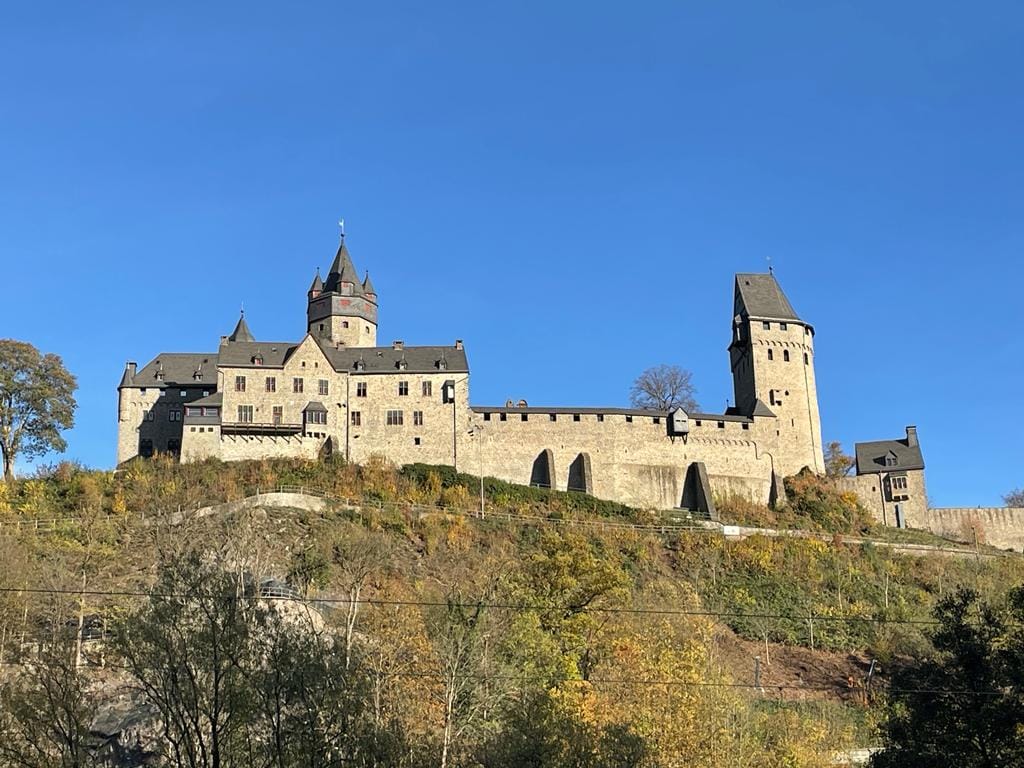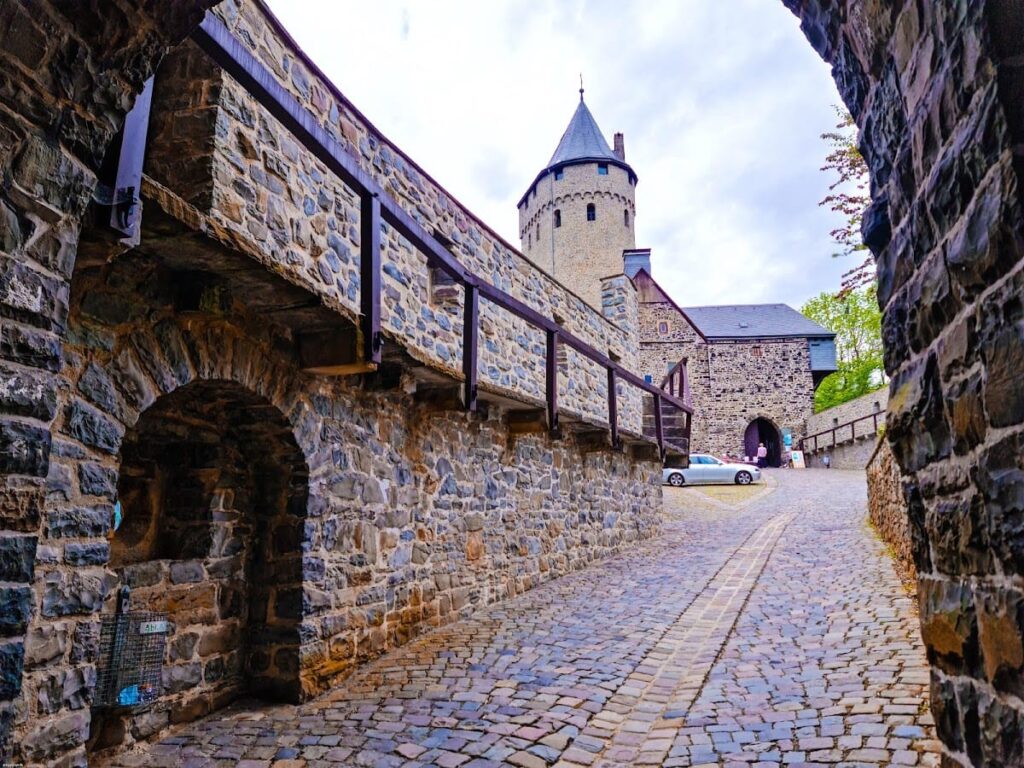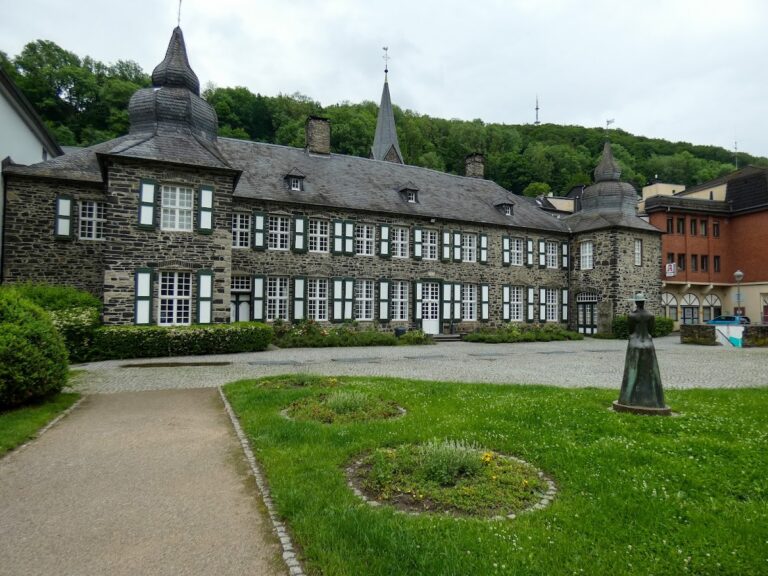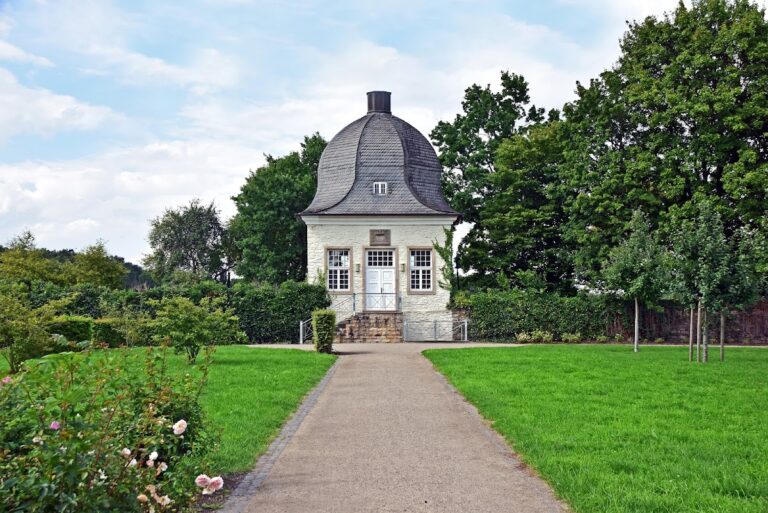Altena Castle: A Historic Fortress in North Rhine-Westphalia, Germany
Visitor Information
Google Rating: 4.6
Popularity: Medium
Google Maps: View on Google Maps
Official Website: www.burg-altena.de
Country: Germany
Civilization: Medieval European
Remains: Military
History
Altena Castle stands on a promontory overlooking the Lenne River in the Sauerland region of present-day North Rhine-Westphalia, Germany. It was founded around 1108 by the brothers Adolf and Everhard von Berg. They received the land from Emperor Henry V as a reward for their loyalty. Originally, the castle was called Wulfeshagen but later became known as Altena.
By 1161, Altena Castle was the seat of the County of Altena, ruled by Count Eberhard I von Berg-Altena. Between 1170 and 1198, the family expanded their holdings by acquiring the County of Mark near Hamm. Around 1202, they moved their main residence to this new territory and adopted the title Counts of Altena-Mark, which was later shortened to Counts of Mark.
After the relocation of the ruling family, Altena Castle was mainly occupied by stewards and lesser noble branches. It served as an administrative center, known as an Amtmannssitz. In 1367, Count Engelbert III von der Mark granted the settlement at the castle’s base town rights, including self-governance and exemption from customs duties.
The castle endured a significant fire in 1455, after which it was only partially rebuilt. From 1609, a Brandenburg military garrison was stationed there. Between 1766 and 1811, parts of the castle housed the criminal court and prison for the County of Mark.
In 1771, Altena Castle was demilitarized and sold to the town of Altena. The town used it as a poorhouse and orphanage until 1840. Later, from 1856 to 1906, the Johanniter Order operated a hospital within the castle walls.
Restoration plans were first proposed in 1835 but were delayed due to lack of funds. In 1906, a restoration project began to mark the 300th anniversary of the County of Mark’s integration into Brandenburg-Prussia. Led by district administrator Fritz Thomée and architect Georg Frenzen, the work was mostly completed by 1914. The restoration introduced a romantic neo-Gothic Tudor style, which sparked debate over historical accuracy versus stylistic reinterpretation.
In 1914, Richard Schirrmann established the world’s first permanent youth hostel in Altena Castle. The castle became property of the Altena district in 1943.
Remains
Altena Castle is a spur castle built on a rocky outcrop of the Klusenberg hill, overlooking the Lenne River and its tributary, the Nette. The complex includes medieval and early modern structures, though some parts like the outer bailey and lower courtyard buildings were not fully restored in the 20th century.
The castle’s buildings have been adapted for various uses over time, including administrative offices, a poorhouse, prison, hospital, and now museums and a restaurant. A large mural by artist Joachim Böhmer decorates the festival hall, featuring medieval knightly themes from different eras.
In 2014, a visitor elevator was installed to connect the town’s pedestrian zone with the castle courtyard. This elevator features a 95-meter experience path and a 60-meter vertical ascent through rock, with interpretive stations illustrating 900 years of the castle’s history.
Between 2016 and 2018, the castle gates underwent extensive restoration. This work was recognized by the LWL heritage authority as a monument of the month, highlighting the careful preservation of these historic entrances.
Today, Altena Castle houses several museums, including the Museum of the County of Mark, the World Youth Hostel Museum, the Märkisches Smithy Museum, and the German Hiking Museum. These institutions occupy restored parts of the castle, preserving its layered history.










